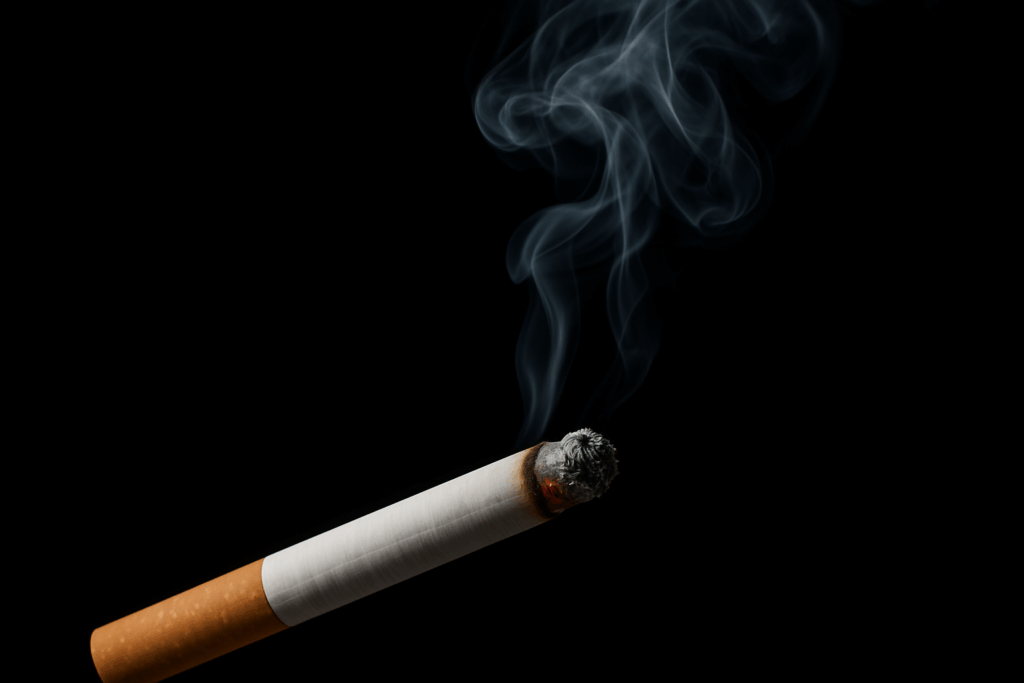
How to Get Smoke Smell Out of Your House: A Complete Guide
Smoke smell can transform your comfortable home into an unpleasant environment that affects both your health and quality of life. Whether you’re dealing with cigarette smoke, cooking mishaps, fireplace residue, or smoke damage from a fire, that persistent odor seems to cling to every surface and linger in the air long after the source is gone.
The smell of smoke doesn’t just affect your comfort—it can trigger respiratory issues, cause headaches, and even impact your home’s value. The good news? With the right approach and techniques, you can effectively eliminate smoke odor from your home and restore that fresh, clean air you deserve.
This comprehensive guide will walk you through proven methods to get smoke smell out of your house, from immediate actions you can take right away to professional services that tackle the most stubborn odors. You’ll discover ventilation techniques, cleaning strategies, natural odor absorbers, and prevention tips that will help you maintain a smoke-free environment.
Identify the Sources of Smoke Smell
Before you can effectively eliminate smoke odor, you need to understand where it’s coming from. Smoke particles are incredibly small and can penetrate deep into porous materials, making identification crucial for successful removal.
Common sources of smoke smell include:
- Cigarette and cigar smoke
- Kitchen cooking accidents or burnt food
- Fireplace and wood-burning stove residue
- Electrical fires or overheated appliances
- Candles and incense
- Grilling and barbecue smoke that drifts indoors
- Wildfires or neighborhood fires affecting outdoor air quality
Smoke particles don’t just float in the air—they settle into fabrics, carpets, upholstery, curtains, and even penetrate walls and ceilings. This is why the odor can persist long after the smoke source is removed. Understanding this helps you target your cleaning efforts more effectively.
Take Immediate Action
The sooner you address smoke odor, the easier it will be to eliminate. Quick action prevents smoke particles from settling deeper into surfaces and becoming more difficult to remove.
Start with these immediate steps:
Open all windows and doors to create cross-ventilation and begin air circulation. Turn on ceiling fans, exhaust fans, and any portable fans to help move air through your home. Remove any items that absorbed smoke smell and can be easily cleaned or aired out, such as clothing, linens, and removable fabric items.
If the smoke source was inside your home, locate and eliminate it completely. This might mean disposing of burnt items, cleaning out a fireplace, or addressing an electrical issue. For safety reasons, ensure any fire hazards are completely extinguished and electrical problems are professionally addressed.
Change your HVAC air filter immediately, as it likely absorbed smoke particles and will continue circulating the odor if left unchanged. If you have an air purifier, turn it on to help capture airborne particles.
Master Effective Ventilation Techniques
Proper ventilation is your first line of defense against smoke smell and forms the foundation of any successful odor removal strategy. Fresh air circulation helps dilute and remove airborne smoke particles while preventing them from settling into surfaces.
Create strategic airflow patterns by opening windows on opposite sides of your home to establish cross-ventilation. Place fans in windows—one blowing air in and another blowing air out—to create a continuous air exchange. This technique is particularly effective during cooler parts of the day when outdoor air is fresher.
Run your HVAC system on fan mode to circulate air throughout the house, but make sure you’ve replaced the filter first. Use exhaust fans in kitchens and bathrooms to help pull contaminated air out of your home. If you have an attic fan, use it to create negative pressure that draws air up and out of your living spaces.
For maximum effectiveness, maintain ventilation for several hours or even days, depending on the severity of the smoke smell. Weather permitting, keep this air circulation going as much as possible while you work on other odor elimination techniques.
Deep Clean All Surfaces
Smoke particles settle on virtually every surface in your home, so thorough cleaning is essential for complete smoke odor removal. Different surfaces require different approaches, but consistency and attention to detail are key.
Start with hard surfaces using a solution of warm water and white vinegar (equal parts) or a commercial smoke eliminator designed for surfaces. Wipe down walls, ceilings, light fixtures, furniture, and any other hard surfaces. Pay special attention to areas near the smoke source and don’t forget often-overlooked spots like baseboards, door frames, and switch plates.
For upholstered furniture and carpets, vacuum thoroughly first to remove loose particles, then use a steam cleaner or professional-grade carpet cleaner with odor elimination properties. Sprinkle baking soda on carpets and upholstery, let it sit overnight, then vacuum thoroughly. This natural approach can be surprisingly effective for mild to moderate odors.
Clean or replace fabric items that can’t be easily washed, such as curtains and drapes. If washing isn’t possible, consider professional dry cleaning. For washable fabrics, add white vinegar or baking soda to your regular detergent for extra odor-fighting power.
Don’t forget to clean your HVAC vents and ductwork if the smoke smell is throughout your home. This may require professional duct cleaning services for optimal results.
Use Natural Odor Absorbers
Natural odor absorbers can significantly help eliminate smoke odor while you work on cleaning and ventilation. These household items work by actually absorbing odor molecules rather than just masking them.
Baking soda is one of the most effective natural odor absorbers. Place open bowls of baking soda throughout affected rooms, focusing on areas where the smell is strongest. Replace the baking soda every few days until the odor is gone. For carpets and upholstery, sprinkle baking soda directly on the surface, let it sit for several hours or overnight, then vacuum thoroughly.
Activated charcoal is another powerful odor absorber that’s particularly effective against smoke. Place activated charcoal in breathable bags or open containers around your home. Unlike baking soda, activated charcoal can often be reused by placing it in direct sunlight for a few hours to release absorbed odors.
White vinegar naturally neutralizes odors and can be used in multiple ways. Place bowls of white vinegar around your home, or simmer a pot of vinegar and water on the stove to help neutralize airborne odors. You can also add vinegar to a spray bottle with water for a natural cleaning solution.
Coffee grounds can absorb odors, though they may leave their own scent. Fresh or used coffee grounds in open containers can help, but this method works best in combination with other techniques.
Know When to Call Professional Services
Sometimes smoke odor is too severe or extensive for DIY methods alone. Professional odor removal services have specialized equipment and techniques that can eliminate even the most stubborn smoke smells.
Consider professional help when:
- The smoke smell persists after thorough cleaning and ventilation efforts
- You’re dealing with extensive smoke damage from a fire
- You have health concerns related to smoke exposure
- You need to address smoke smell in HVAC ductwork
- The odor is affecting your home’s value or livability
Professional services may use ozone generators, thermal fogging, or hydroxyl generators—advanced technologies that aren’t typically available for residential use. They can also provide professional duct cleaning and may be necessary for insurance claims related to smoke damage.
When choosing a professional service, look for companies that specialize in odor removal and have experience with smoke smells specifically. Get multiple quotes and ask about their guarantee policies.
Prevent Future Smoke Odors
Once you’ve successfully eliminated smoke smell from your home, taking preventive measures will help ensure it doesn’t return and make any future incidents easier to manage.
Install and maintain smoke detectors to catch fires early before extensive smoke damage occurs. Regularly replace batteries and test detectors monthly. Consider upgrading to interconnected smoke alarms throughout your home.
Improve your home’s ventilation system by ensuring exhaust fans work properly in kitchens and bathrooms. Clean or replace HVAC filters regularly—every 1-3 months depending on usage and air quality. Consider upgrading to higher-quality filters that can capture smaller particles.
Create a no-smoking policy indoors and designate outdoor smoking areas that are downwind and away from windows and doors. If you use a fireplace, ensure proper ventilation and regular chimney cleaning.
Keep air purifiers running in main living areas, especially during wildfire season or if you live in an area prone to external smoke sources. Choose purifiers with HEPA filters and activated carbon for maximum effectiveness against smoke particles and odors.
Breathe Easy Again
Removing smoke smell from your house requires patience, persistence, and the right combination of techniques. Start with immediate ventilation and progress through deep cleaning, natural odor absorbers, and professional help if needed. Remember that complete odor elimination often takes time—don’t get discouraged if you don’t see immediate results.
The key is addressing smoke odor from multiple angles: eliminating the source, improving air circulation, cleaning all affected surfaces, and using absorption methods to capture lingering odors. By following this comprehensive approach, you can restore your home’s air quality and create a comfortable, healthy living environment for you and your family.
Take action today by opening those windows, gathering your cleaning supplies, and starting with the immediate steps outlined above. Your nose—and your family’s health—will thank you for the effort.
